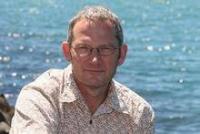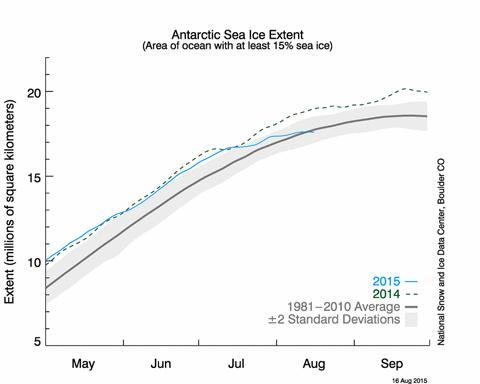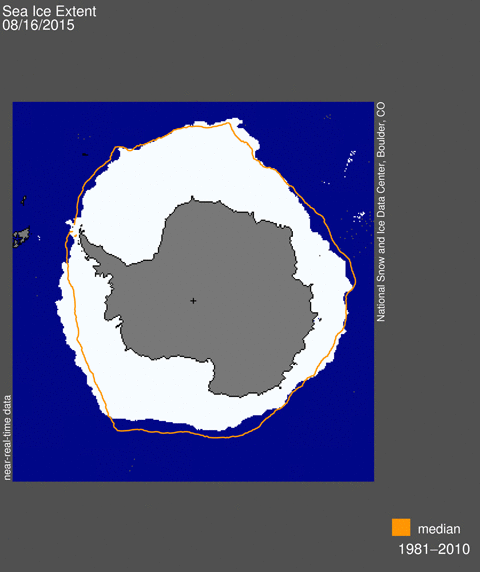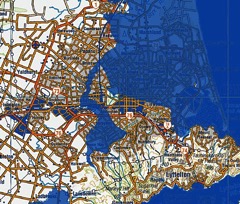 At the end of June, Professor Jim Renwick of Victoria University gave his inaugural lecture. As you might expect of a climate scientist, it concerns what we know about the climate system and where we’re heading. He pulls no punches. Jim has been kind enough to put together a text version of the lecture for Hot Topic: it follows. You can watch the full lecture, with accompanying slides, on the video embedded at the end of the post.
At the end of June, Professor Jim Renwick of Victoria University gave his inaugural lecture. As you might expect of a climate scientist, it concerns what we know about the climate system and where we’re heading. He pulls no punches. Jim has been kind enough to put together a text version of the lecture for Hot Topic: it follows. You can watch the full lecture, with accompanying slides, on the video embedded at the end of the post.
We live in a golden age of earth observation. With a few clicks of a mouse on a web browser, any of us can see the state of the global ocean surface, the current condition of the Greenland ice sheet, how much rain is falling in the tropics today, and on and on. Plus, the International Space Station (ISS), and a series of satellites such as MODIS give us wonderful images of our home planet. The climate science community can tell, with unprecedented coverage and timeliness, just what is going on in the climate system. It is a great time to be a climate researcher, but also a worrying time, in both cases because we can see exactly what is changing.
One thing the ISS pictures emphasise is just how thin the atmosphere is, a thin blue layer between the solid earth and the blackness of space. Not only is this life-supporting envelope very thin, some of the key gases in the atmosphere are there in only trace amounts, so we can change the properties of the atmosphere easily, by targeting the right gases. The discovery of the ozone hole 30 years ago brought this home with a bang. And we’ve found that build-up of carbon dioxide (CO2) in the atmosphere can have a profound effect on the climate system, right down to the bottom of the oceans.
Carbon dioxide is important because it’s a crucial control on the surface temperature of the earth. It is very good at absorbing heat (infrared radiation) welling up from the earth, then re-radiating both up and down, in the process warming the earth’s surface. The effect is very like a blanket put on a bed – what’s under the blanket warms up. More CO2 is like putting another blanket on the bed and less is like taking away a blanket. No CO2 and the earth freezes – temperatures like we had in the South Island in late June would be the norm everywhere, all the time. While there are several other “greenhouse gases”, carbon dioxide is the most important since it stays in the atmosphere so long, hundreds to thousands of years.
Continue reading “A tale of two hemispheres”
 I took part in the 2015 AGU Fall Meeting, held at the vast Moscone Center in San Francisco, 14-18 December. As always, it was an absolute cornucopia of everything to do with the Geo/Earth Sciences, from exoplanets to the earth’s core to climate change and science policy, delivered by over 20,000 geoscientists. The Fall Meeting is always a blast, a real mind-expander.
I took part in the 2015 AGU Fall Meeting, held at the vast Moscone Center in San Francisco, 14-18 December. As always, it was an absolute cornucopia of everything to do with the Geo/Earth Sciences, from exoplanets to the earth’s core to climate change and science policy, delivered by over 20,000 geoscientists. The Fall Meeting is always a blast, a real mind-expander.





